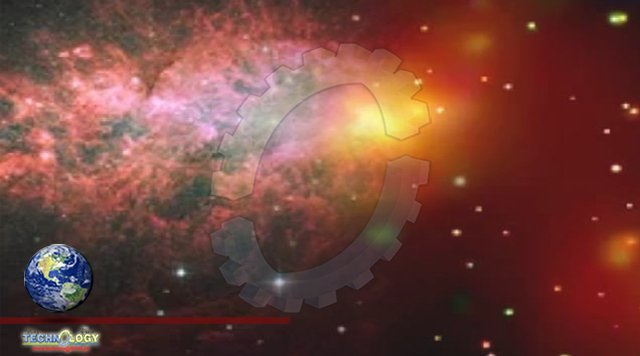Astronomers finds a shocking culprit, EARTH IS THE ONLY planet known to possess continents. In a new study published August 23 in the journal Geology, researchers suggest unexpected seeds for the formation of the first continents on our world comets launched at our Solar System as it passed through the spiral arms of the Milky Way.

Unlike any other known planet, Earth’s surface possesses both continents and oceans. Continental crust is less dense and much thicker than oceanic crust, which leads it to essentially float higher than oceanic crust on Earth’s dense underlying mantle. The presence of continents on Earth greatly influenced the planet’s atmosphere, oceans, climate, and proliferation of life. For instance, the runoff from continents is the primary source of a number of key nutrients for the oceans, such as phosphorus, which is needed to create DNA and other biological building blocks. Astronomers finds a shocking culprit, Previous research detected cycles in the production of continental crust. Scientists generally thought these cycles were linked to the regular birth and destruction of supercontinents on Earth’s surface due to plate tectonics — the drifting, crashing, and diving of the giant plates of rock that currently make up Earth’s surface. However, these cycles are also seen in some of Earth’s most ancient rocks, when plate tectonics may not have existed. In the new study, researchers analyzed data from two places where the earliest history of continents on Earth is preserved — the North American craton in Greenland and the Pilbara craton in Western Australia. (Cratons are giant stable blocks of Earth’s crust that form the hearts of continents.)
The decay of uranium in zircon crystals helped the scientists pinpoint details about continental formation in both locations, spanning a time from roughly 2.8 billion to 3.8 billion years ago. Isotopes of hafnium within these crystals also helped identify times that experienced influxes of magma linked with crust production. By looking at huge amounts of data from large amounts of rock, the researchers detected a rhythmic pattern in the formation of continental crust about 170 million to 200 million years long. They spotted a similar pattern when looking at oxygen isotopes, supporting their results. “It is only through large datasets that this pattern can be identified,” study lead author Chris Kirkland, a geochronologist at Curtin University in Perth, Australia, This pattern corresponds with the amount of time it takes for the Solar System to pass through one of the Milky Way’s four major spiral arms, where the density of stars and interstellar clouds is high, as it completes an orbit around the heart of the galaxy. Astronomers finds a shocking culprit, The gravitational influence from the spiral arms could sling comets from the Oort cloud at the outer reaches of the Solar System inward at Earth and the other planets. The scientists argue such cometary bombardment may have excavated huge amounts of rock from Earth’s surface, leading the underlying mantle rock to decompress and melt, a bit like popping a cork on a bottle of champagne. The generation of this buoyant molten rock may have, in turn, seeded the production of continents. “Whilst impacts are viewed as cataclysmic events, they also have shaped the evolution of our planet, and it appears our continents would not have developed the way they have without them,” Kirkland says. “Our planet is connected to the galaxy’s structure.” The researchers found more evidence for this idea within spherule beds, which are rock formations produced by cosmic impacts. These hold deposits of tiny spheres formed either from molten rock expelled during a collision or from vaporized rock that condensed and rained out after the strike. They noted the ages of spherule beds in Australia and South Africa match the Solar System’s movement into the Norma spiral arm about 3.25 billion to 3.45 billion years ago. Pinpointing the ages of more spherule beds could add more evidence,
Source: This news is originally published by inverse